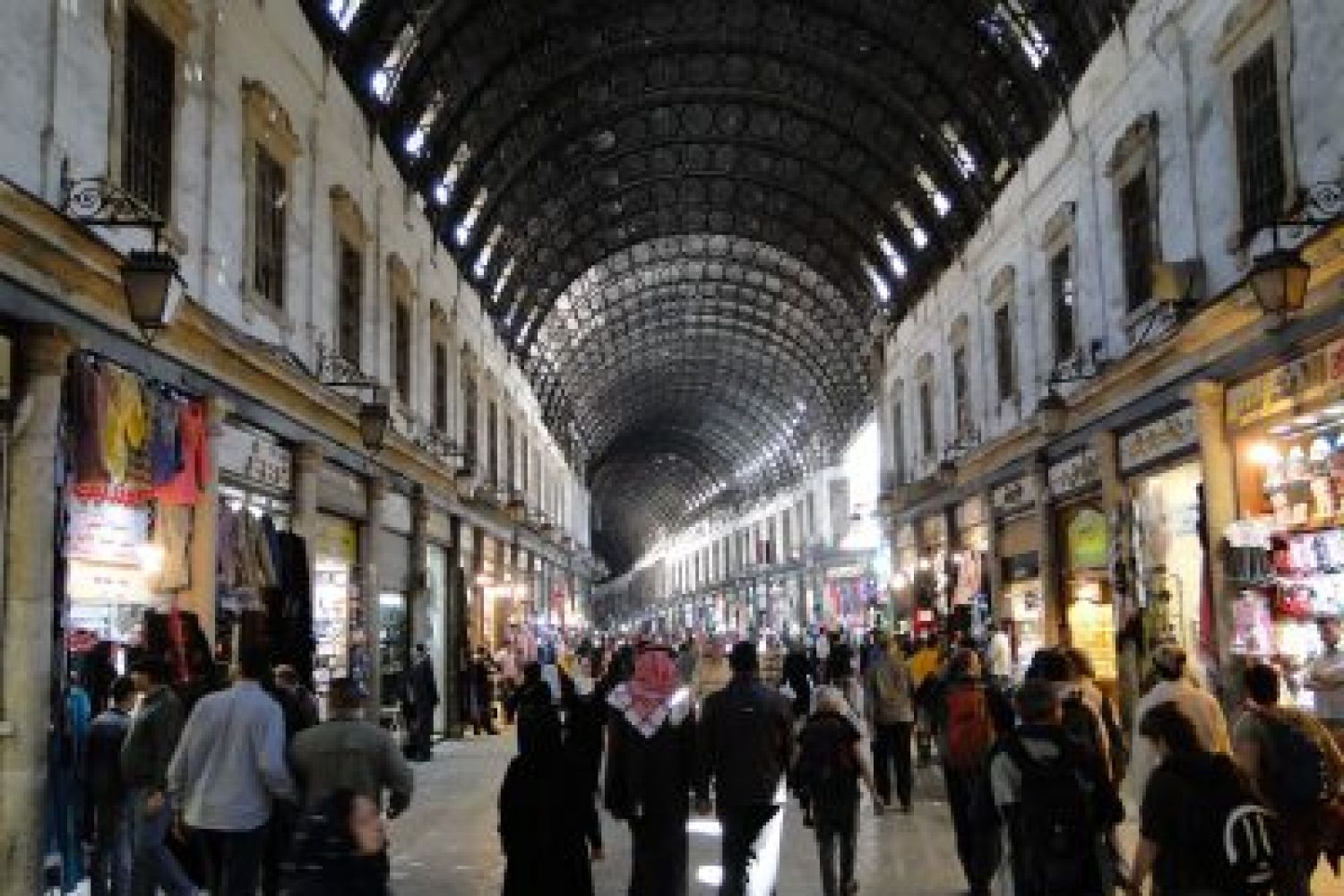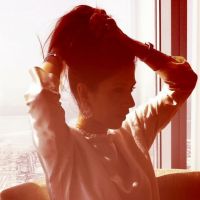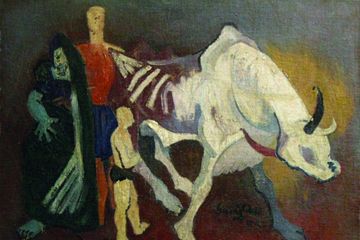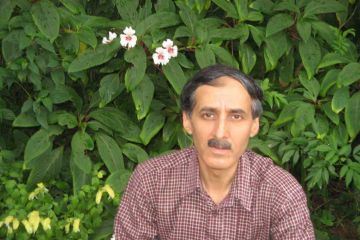
V. P. Haran served as
India’s Ambassador to Syria from 2009 until 2012. He speaks to Fountain
Ink on how sections of the media exaggerated the uprising as well as
signs that al-Qaeda was a game player since the early days of the conflict.
What was Syria like
when you arrived in January 2009?
Syria was a peaceful
country and there was no undercurrent of tension. The Syrian economy was doing
well, there was over five per cent growth rate on average. Unemployment was at
Continue reading “'Gulf countries played a role in the Syrian uprising'”
Read this story with a subscription.





